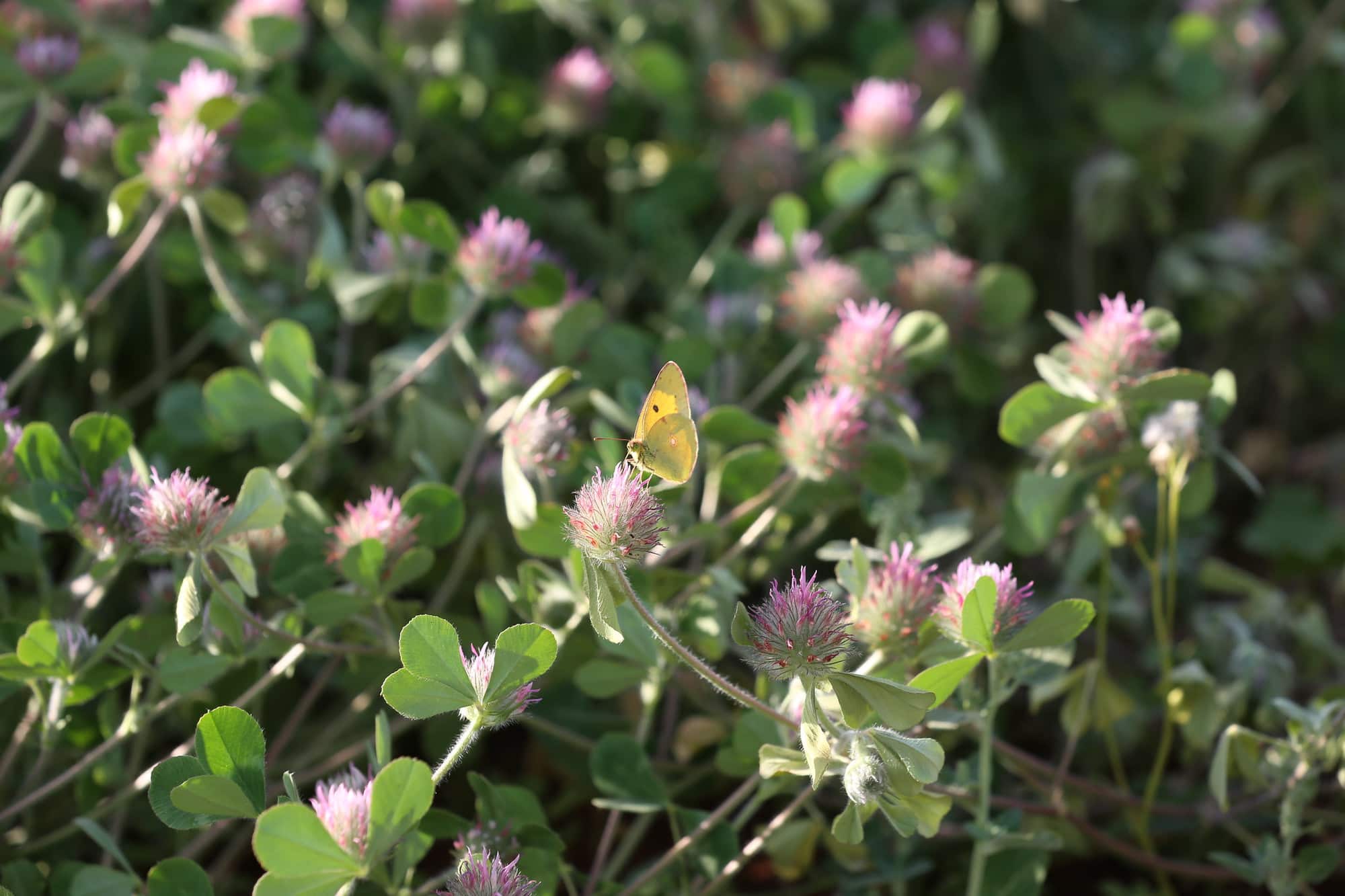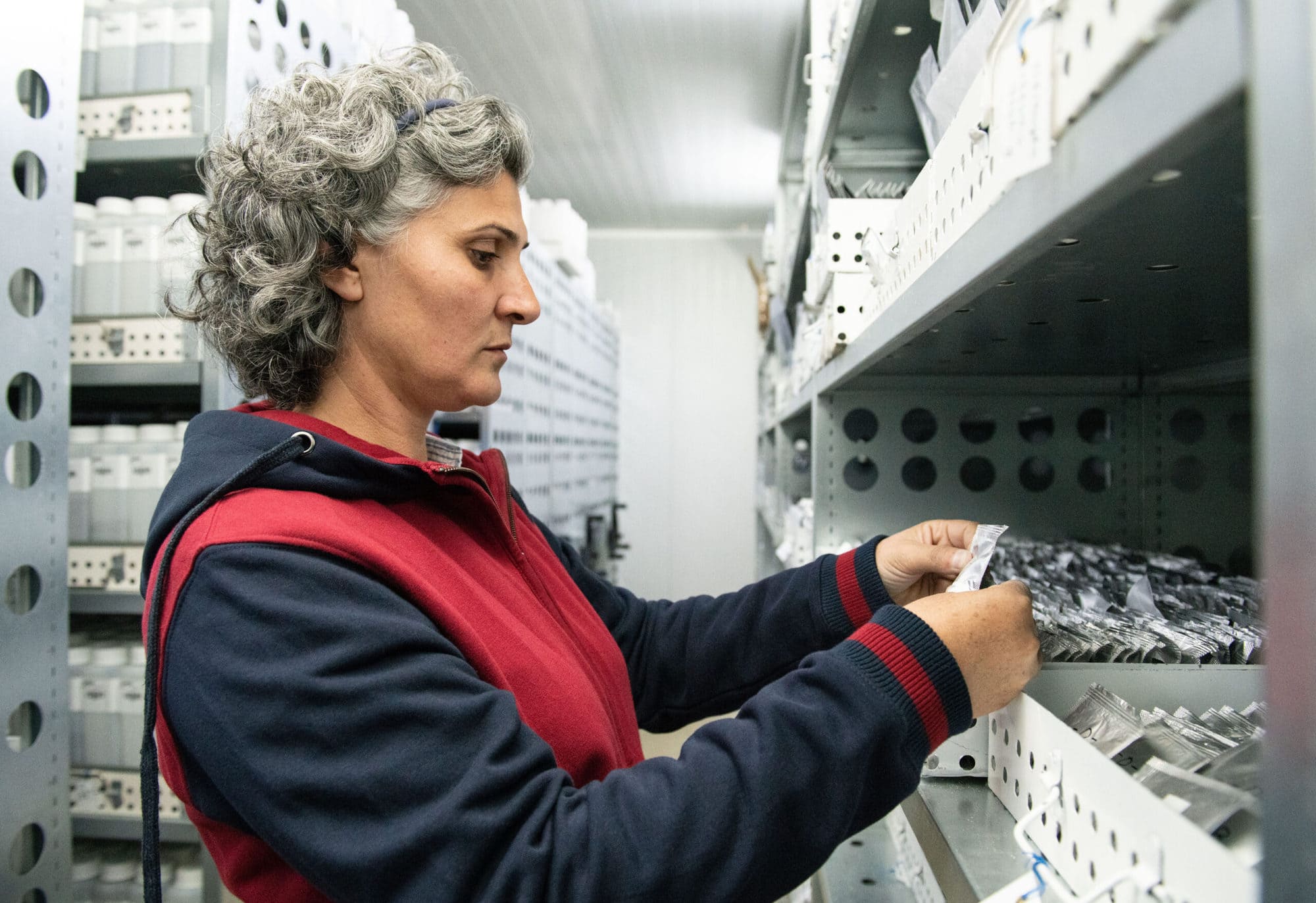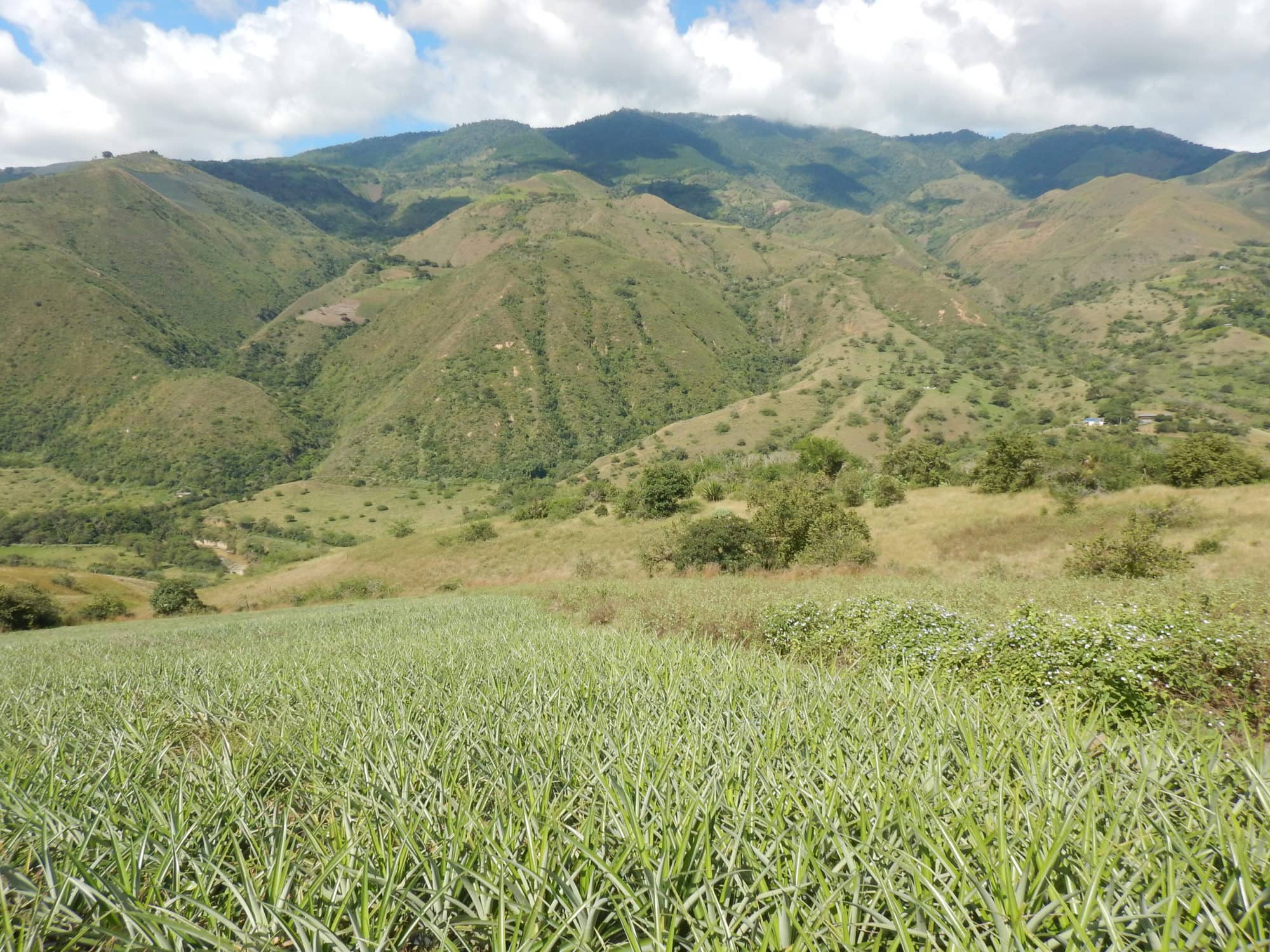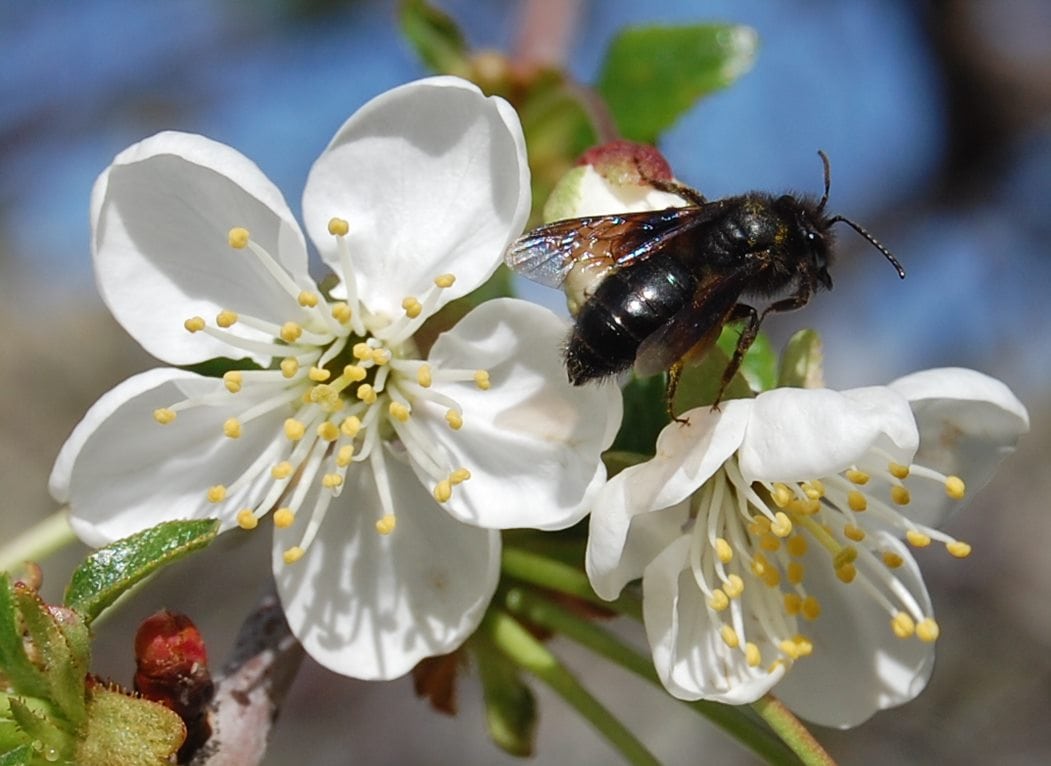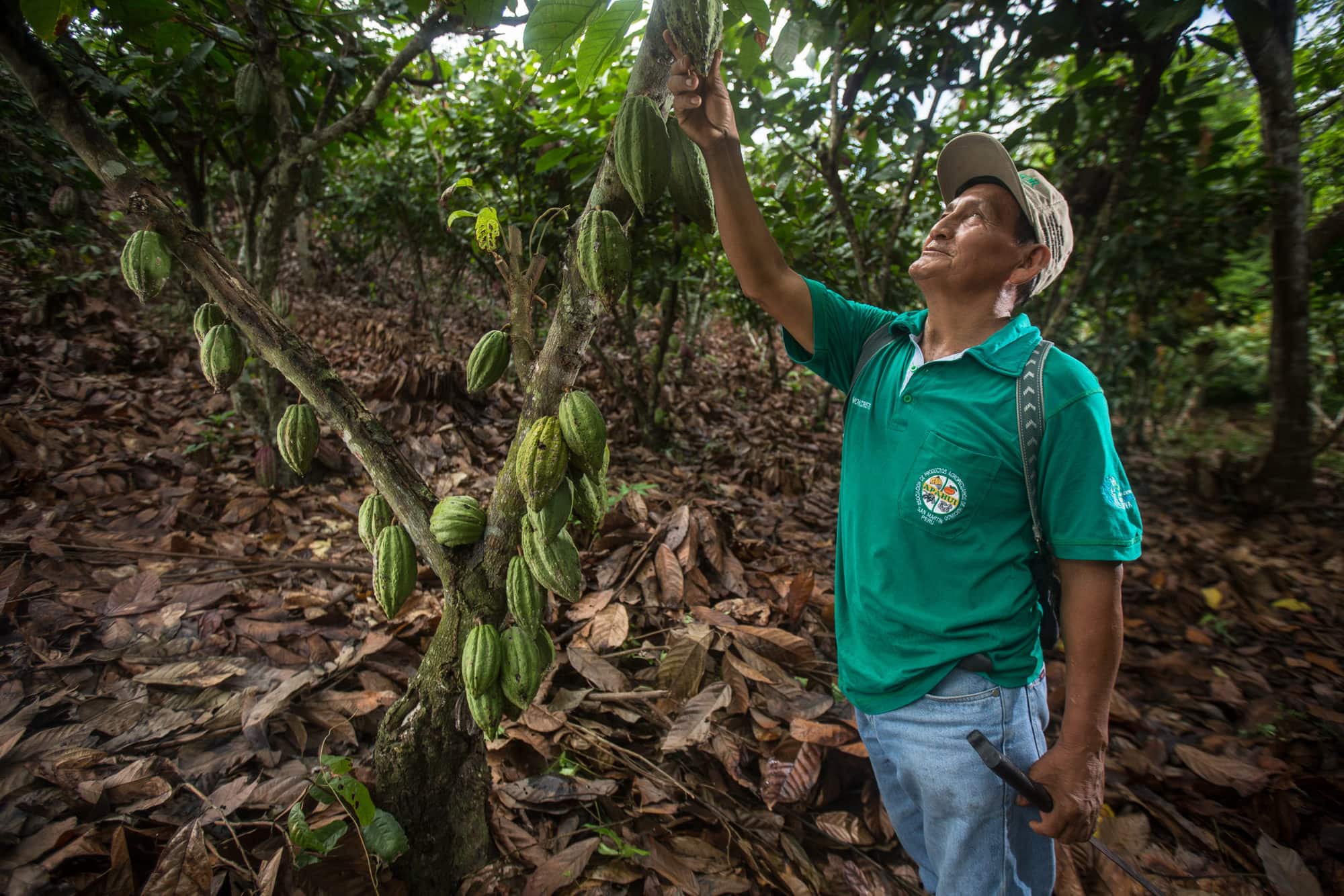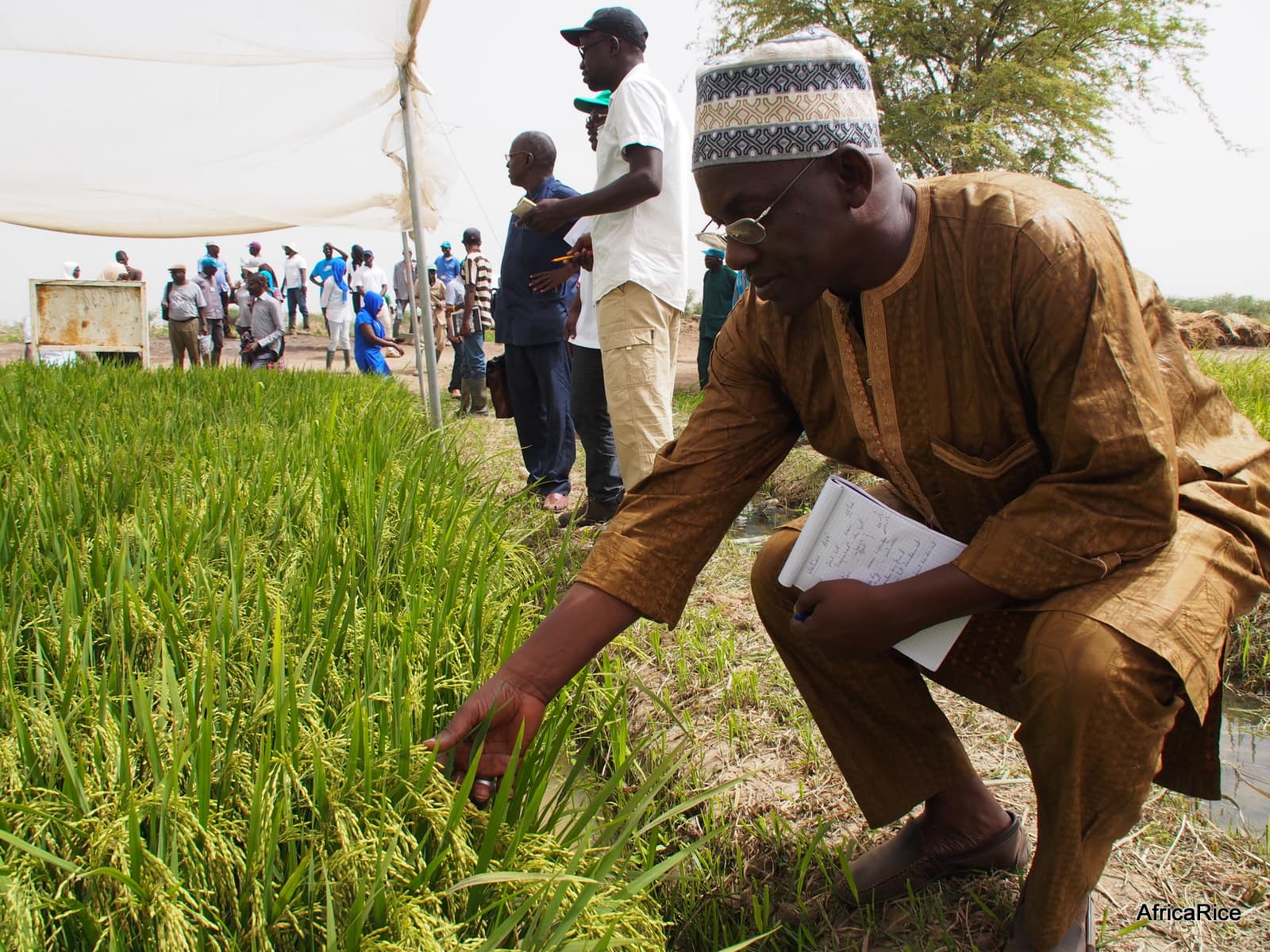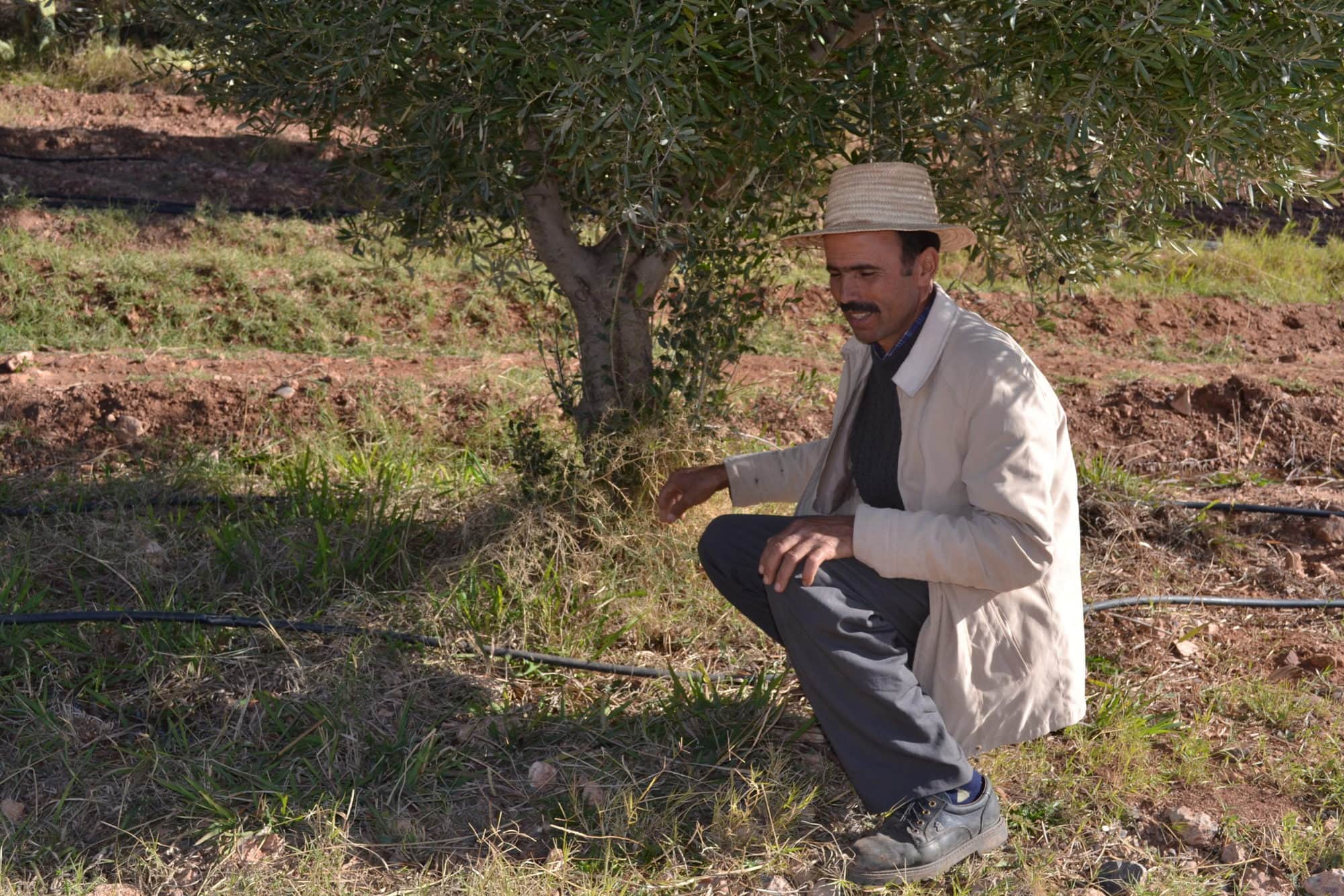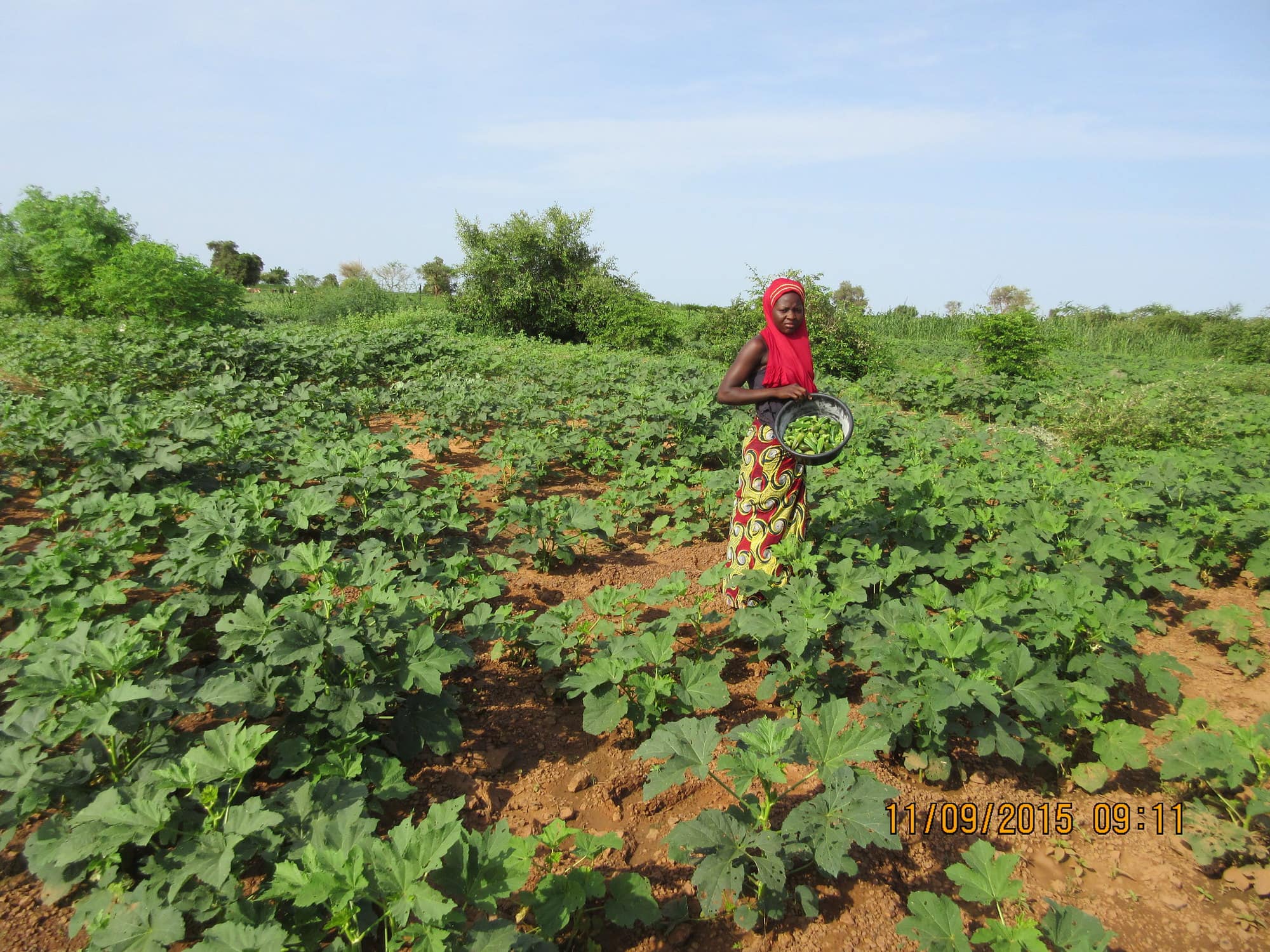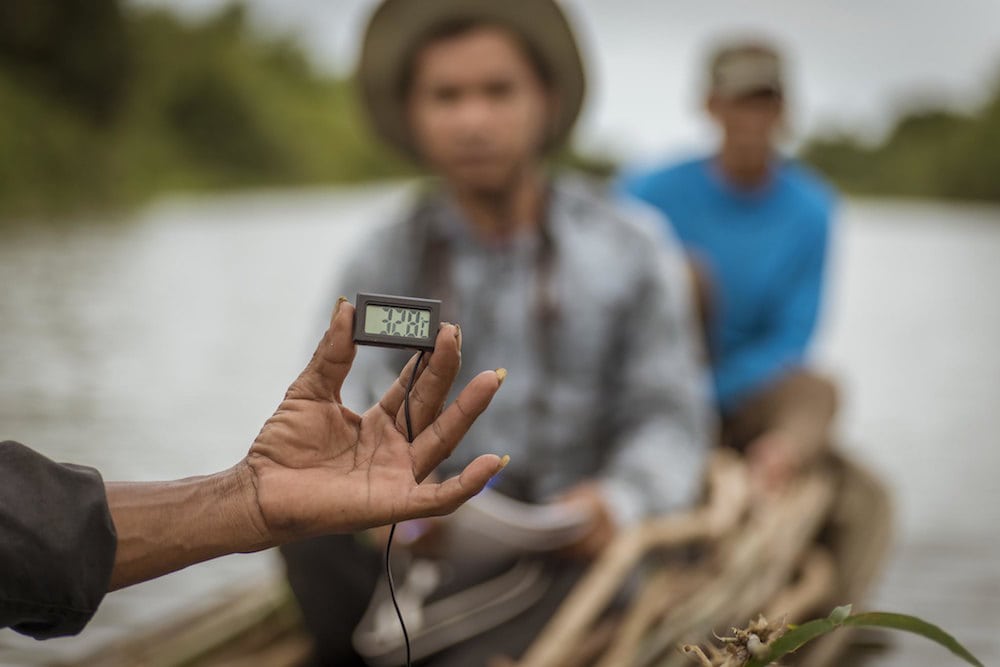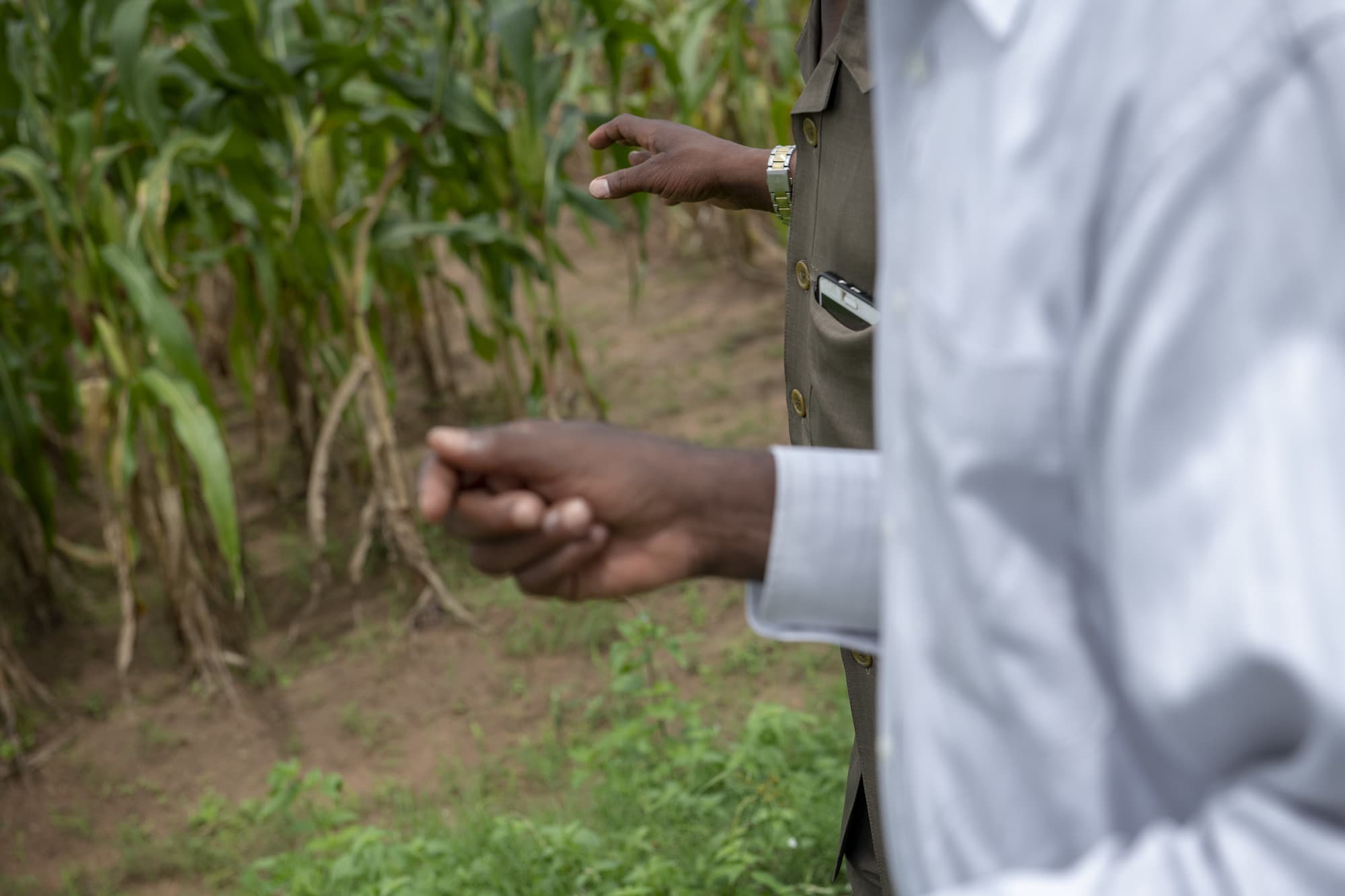Agriculture is the biggest driver of forest and biodiversity loss, including of diversity crucial to healthy diets and nutrition.
Top

Impact Area:
Environmental health & biodiversity
Increasing productivity in food systems while staying within environmental boundaries and maintaining biodiversity.

About
A third of the world’s soils are degraded, and agriculture accounts for about 70% of global freshwater withdrawals.
A healthy natural environment and biodiversity are critical for the long-term sustainability of food systems, and human health.

Cargele Masso
Impact Platform Director
Cargele Masso is IITA’s COMPRO-II Project Leader since July 2012. Before his current assignment with IITA, Cargele worked as a regulatory officer in Canada.
Objectives
Through research and innovation, CGIAR aims to address these challenges and contribute to collective global targets for Environmental Health and Biodiversity:
- Stay within planetary and regional environmental boundaries: consumptive water use in food production of less than 2500 km3 per year (with a focus on the most stressed basins), zero net deforestation, nitrogen application of 90 Tg per year (with a redistribution towards low-input farming systems) and increased use efficiency, and phosphorus application of 10 Tg per year.
- Maintain the genetic diversity of seeds, cultivated plants, and farmed and domesticated animals and their related wild species, including through soundly managed genebanks at the national, regional, and international levels.
Activities
To contribute to these collective global targets, CGIAR Initiatives will:
- Use modern digital tools to bring together state of the art Earth system observation and big data analysis to inform co-design of global solutions and national policies for staying within planetary boundaries on water use, nutrient use, land use change, and biodiversity.
- Cost-effectively improve management of water, soil, nutrients, and biodiversity in crop, livestock, and fisheries systems, coupled with higher-order landscape considerations as well as circular economy and agroecological approaches.
- Focus on the biodiversity function of genebanks and breeding to reduce environmental footprint, e.g. less water or pesticides, to help stay within planetary boundaries and to reduce local water stress, pollution, biodiversity loss, and undesirable land use change.
All CGIAR Initiatives will contribute to Environmental Health and Biodiversity. Below, browse a selection of Initiatives that primarily contribute to this Impact Area.
Featured
INITIATIVES
Innovations
Launch the Innovations Explorer to see more innovations contributing to this and other Impact Areas:

News
Related News
-

CGIAR at the Global Land Forum 2025: Bridging Science and Land Governance
The Alliance of Bioversity International and the International Center for Tropical Agriculture (CIAT)11.11.25-
Environmental health & biodiversity
With more than 1,300 delegates from 90 countries, the tenth Global Land Forum (GLF) turned Bogotá…
Read more -
-

CGIAR Multifunctional Landscapes at COP30: Advancing Adaptation and Nature-Based Solutions
Multifunctional Landscapes Science Program10.11.25-
Adaptation
-
Biodiversity
-
Environmental health
-
Environmental health & biodiversity
-
Mitigation
COP30 in Belém, Brazil is being heralded as a pivotal “COP of adaptation” and a…
Read more -
-

Remembering Marleni Ramirez: champion for biodiversity and dear colleague
The Alliance of Bioversity International and the International Center for Tropical Agriculture (CIAT)06.11.25-
Environmental health & biodiversity
Dr. Marleni Ramirez was a distinguished biologist and ecologist, widely recognized for her leadershi…
Read more -
-

From Intervention to Transformation: How AKILIMO Continues to Shape Ogun State's Agricultural Future and Success
Sehlule Muzata04.11.25-
Climate adaptation & mitigation
-
Environmental health & biodiversity
-
Food security
-
Gender equality, youth & social inclusion
When agricultural innovation endures beyond a project's lifespan, it symbolizes true transformation.…
Read more -
-

Nine heads up from science to decision-makers for managing global crises
The Alliance of Bioversity International and the International Center for Tropical Agriculture (CIAT)04.11.25-
Environmental health & biodiversity
For the first time, researchers have compiled decades of resilience science research into "Nine Thin…
Read more -
-

Why sustainability is the future of Africa's grain markets
The Alliance of Bioversity International and the International Center for Tropical Agriculture (CIAT)30.10.25-
Environmental health & biodiversity
At October's Africa Grain Trade Summit, leaders urged for investment in SMEs to scale regenerative…
Read more -




